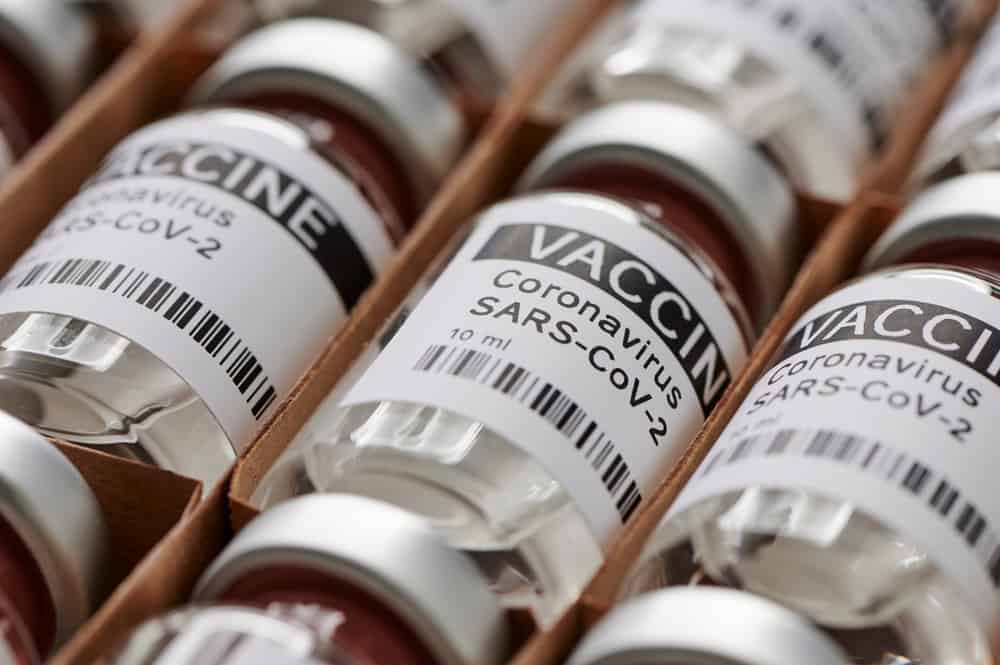Cold chain logistics, also known as chill chain, is the transportation of temperature-controlled goods.
Commodities such as foods, beverages, and most importantly today – pharmaceuticals – all use cold chain logistics. For the companies who manufacture these types of goods, delivering the product to the end customer is far from the only challenge. They must also ensure the products are in good condition as ordered upon delivery. The cold chain process does not just begin and end with transport, but also impacts every step along the supply chain for everything from procurement to storage.
Cold Chain, just as an ordinary supply chain, is not without its challenges. Companies and especially drug companies are under increasing pressure to ensure goods are kept at a specific temperature. For example, the Moderna COVID-19 vaccine should stay between -25 degrees C and -15 degrees C and Pfizer’s vaccine should stay at -70 degrees C. Any disruption in this temperature or incorrect handling of the product could impair it permanently. This could result in vaccines that are ineffective, pharmaceuticals and other temperature-sensitive products that must be thrown away, or clinical trials that lose valuable data. Beyond monetary loss, companies can also be subject to reputation risk and regulatory action. Even if the number of errors were relatively small, every item that doesn’t reach its destination is an inefficiency. It was clear a system was needed that can adapt with the evolving challenges.
Common cold supply chain management issues can have a real impact on freight shipments.
Drivers are typically very conscious of these potential problems and will do their best to keep on top of them to prevent issues from arising.
- Lack of proper documentation: All steps of cold supply chain management need to be well-documented. This is especially true during transit, where data loggers that record storage temperatures and conditions can help prevent inadequate conditions from spoiling a load.
- Shipment/transport delays: Delays are an obvious issue for any shipper, but they can be particularly detrimental when dealing with cold chain logistics, since cold chain technology is time-sensitive.
- Disrupted climate control and/or temperatures: Temperature variation can be a big problem in cold chain logistics. It can result from multiple deliveries (doors opening and closing often), improper pre-cooling, extreme weather or other conditions like faulty cooling devices or transports.
Each load of the COVID-19 vaccine will have to travel through multiple channels between the originating facility and final destination.
Cold chain management is making great strides in temperature sensors, data loggers, telematics and cloud computing solutions, all of which enable track and trace and real-time remote temperature monitoring — safety aspects that are crucial to the pharmaceutical industry. A failure to ensure the regulations of the cold chain can lower the effectiveness of the COVID-19 vaccine. Keeping cold chain vaccine shipments within their approved temperature range is more than innovative supply chain management; it is a matter of saving lives.




